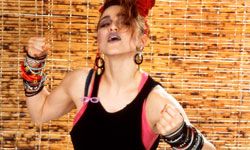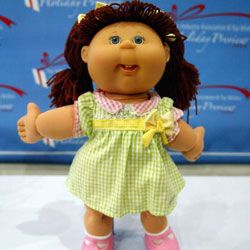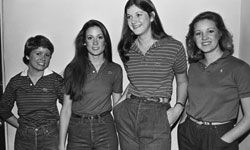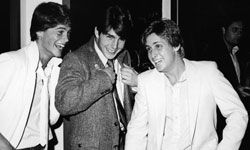"The question isn't 'What are we going to do?' The question is, 'What aren't we going to do?'" said Ferris Bueller to Sloane and Cameron at the start of their joyride in Cameron's dad's Ferrari in the 1986 movie, "Ferris Bueller's Day Off."
But this quote could also easily apply to that decade's fads, which weren't exactly constrained by much of anything at all. From shoulder pads to boomboxes, the crazes of the 1980s pushed the limits of style and technology in a way that had rarely been seen before. Now, with the growing popularity of '80s-inspired parties and clothing, one has to wonder: Is the decade making a comeback?
Advertisement
Before you bust out your Madonna cassettes and neon spandex, read through our list of 1980s fads that helped define the generation that just wanted its MTV.







